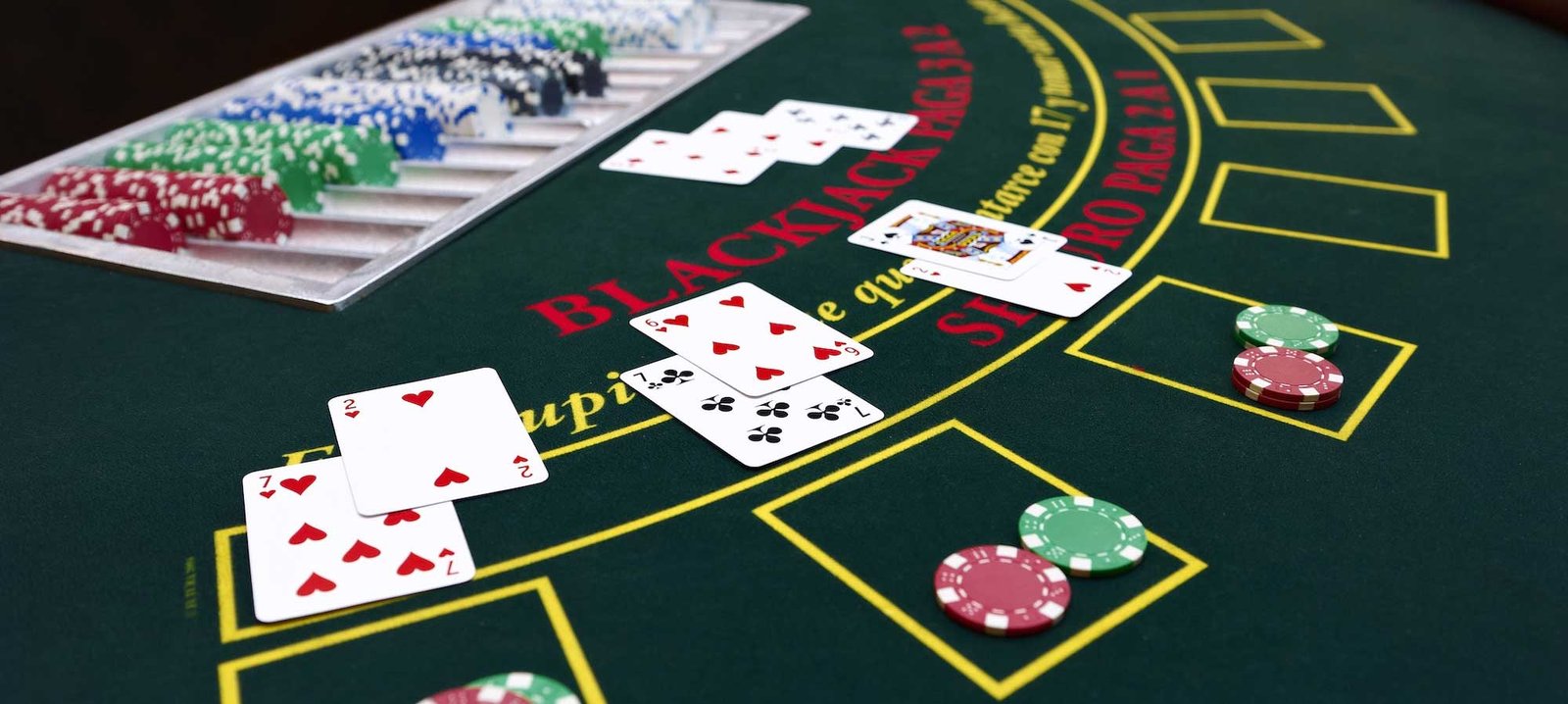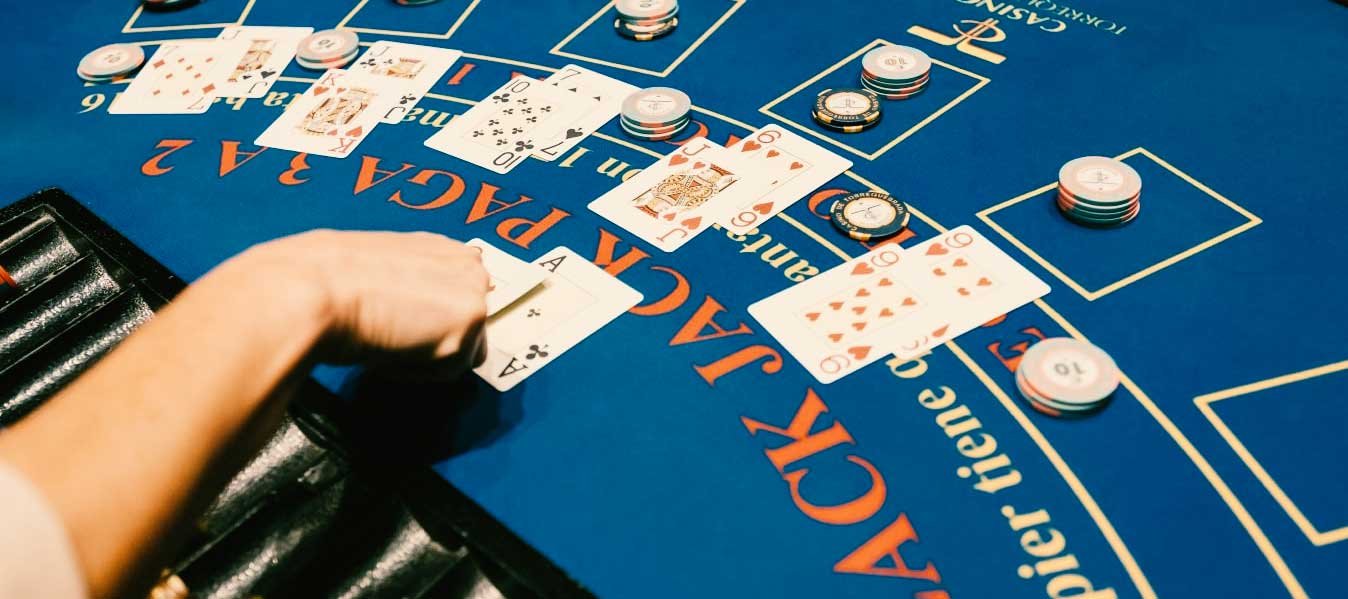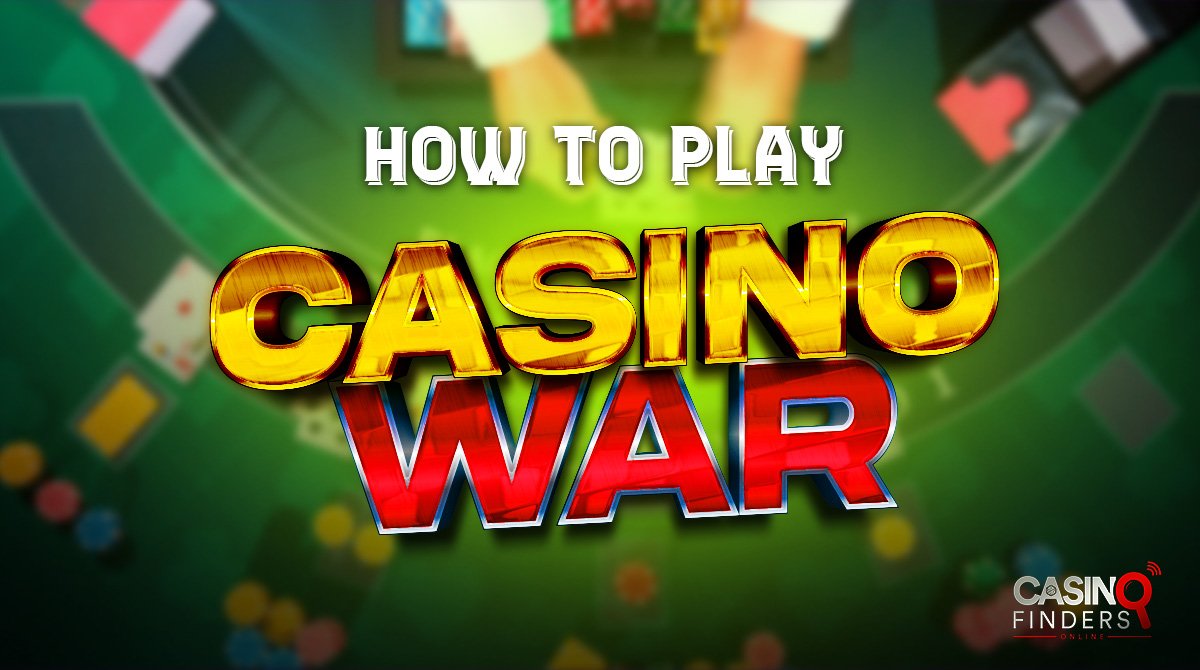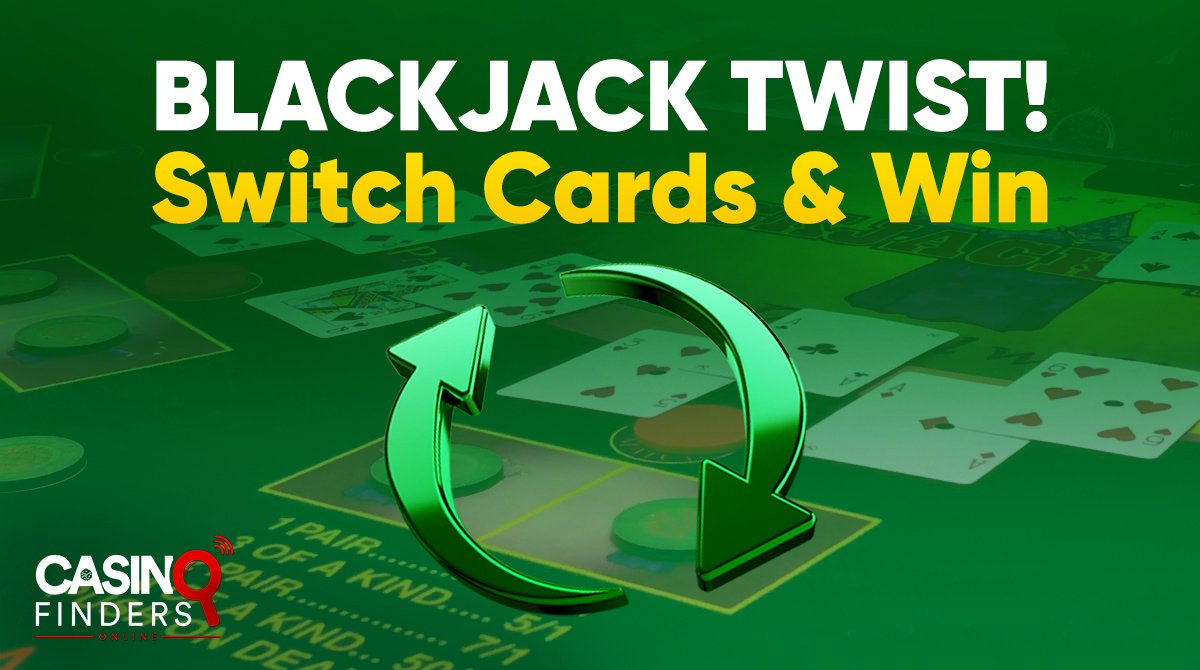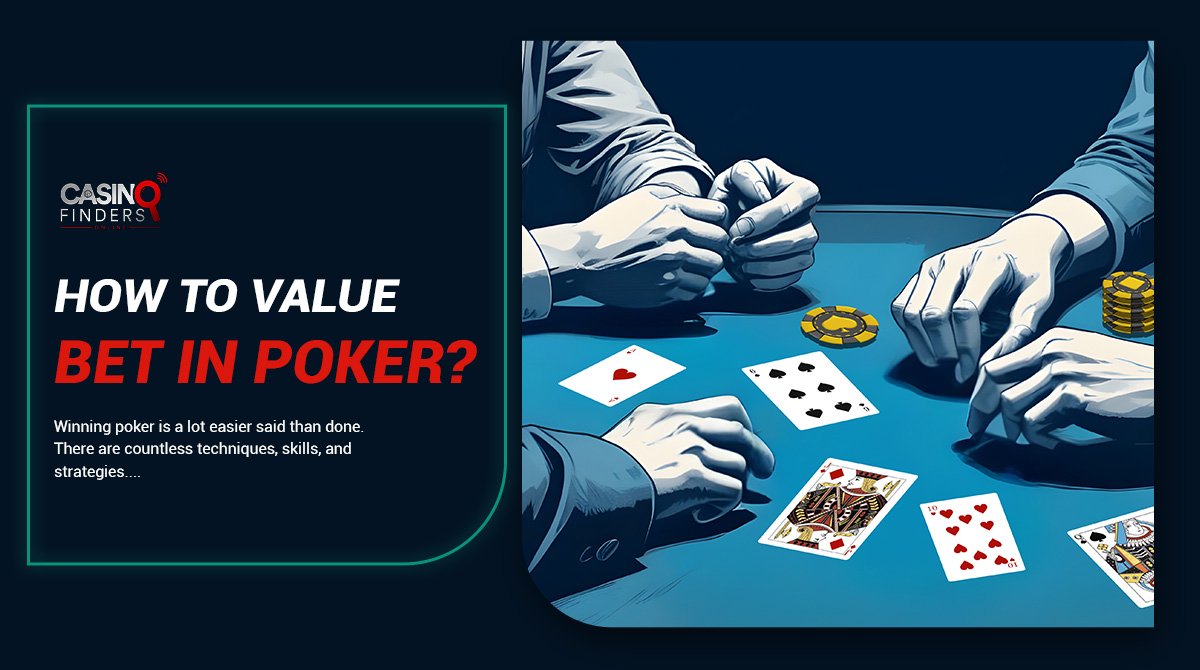Single Deck Blackjack , Rules and Strategy

Written by
Mia - Researcher / WriterLast updated:
June 29, 2023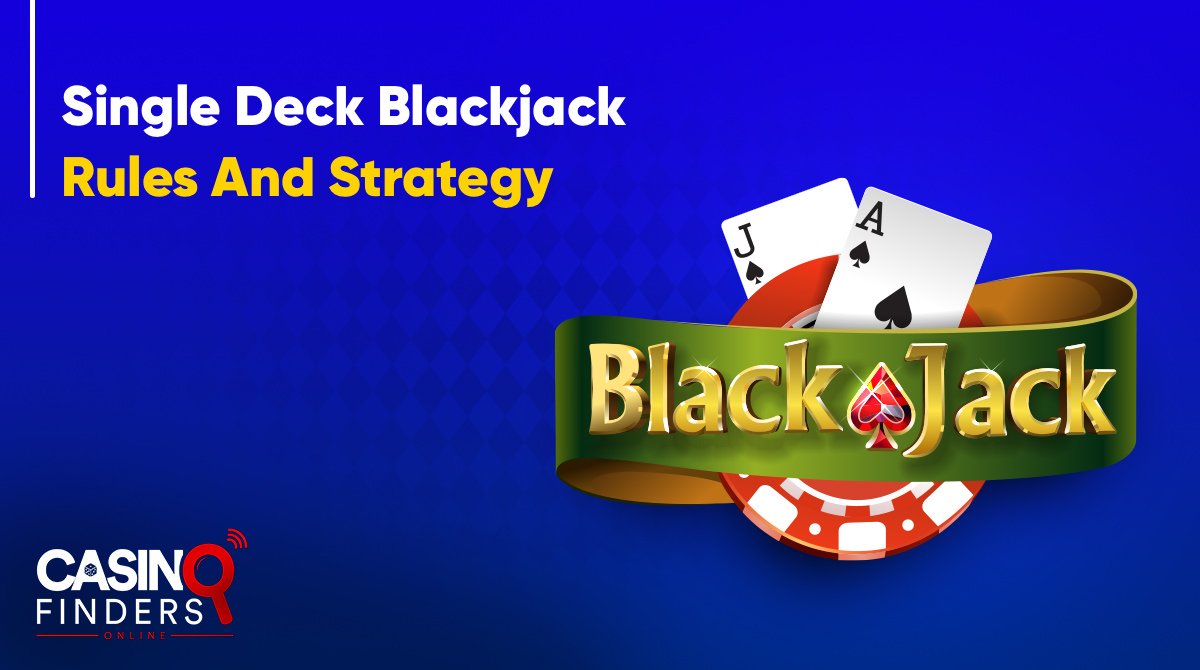
Blackjack was first mentioned in a Spanish novel from the early 16th century. The novel talks about two gamblers who are professional cheaters in the game of Veintiuna (Spanish for twenty-one).
Blackjack is a card-comparing game with some of the lowest house edge among casino games, approximately 2% for casual players. The low house edge makes it a favorite game for professional and casual gamblers alike. The good news is that a gambler can decrease the house edge to 0.5% or even -2% or -3% using some strategies.
The number of decks used to deal cards to players directly correlates to the house edge. The fewer the number of decks, the lower the house edge.
Casinos used to conduct the Blackjack game with a single deck of cards in the early days. But, card counters smelled the breach presented by casinos and jumped to take advantage of it. As greedy as they are, Casinos soon realized the leak and increased the number of decks used in the game to 6 and 8. Doing so made it a hell of a job for card counters, but they still manage to make a living playing multiple-deck Blackjack.
Single-deck Blackjack is rarely offered in casinos nowadays compared to multiple-deck Blackjack. Casinos change the ruleset to compensate for the lower house edge if they offer single-deck Blackjack.
This article explores everything you need to know about single-deck Blackjack and how changing some basic rules change the house edge.
The Best USA Online Casinos of May 2024
What is single-deck Blackjack?
As the name suggests, single-deck Blackjack is played with a single 52-card French deck. On the contrary, multiple-deck Blackjack is played with 6 to 8 decks. The overall gameplay remains almost the same, with some minor tweaks here and there.
The game’s objective is to beat the dealer’s hand by getting a hand totaling 21 or closest to 21 without going over (called a bust). Single-deck Blackjack has a house edge of around 0.15%.
Blackjack can be played with 100 decks of cards and still maintain the basic gameplay. After all, it is not Poker.
Single-deck blackjack rules:
As mentioned, Blackjack was played with a single deck of cards in the early days. It indicates that single-deck Blackjack is not a blackjack variant with completely new gameplay. But, it is the blackjack game itself played with only a single deck of cards. That said, the single and multiple-deck blackjack basic rules are the same. We will also do a quick recap of blackjack rules that apply to single-deck Blackjack.
Blackjack is played against the dealer and not the other gamblers on the table. You place an initial bet taking the table’s minimum and maximum limits into account. The dealer starts dealing two cards face up to each player and themselves one at a time, with their second card face down (what is the point of playing Blackjack if you can see both the dealer’s cards?).
The dealer consults each player starting to their left and goes clockwise until all players take one of the following actions.
- Hit: Take another card, hoping to total 21 or get as closest as possible. No limit exists to how many cards a player can ask until he busts.
- Stand: The player is content with their hand and does not want extra card(s).
- Double Down: A player can double down his initial bet and will be dealt only one more card.
- Split: By getting a hand with cards of the same value (a pair), the player can split their hand into two separate hands that act independently of each other.
- Surrender: A rare option offered by casinos when a player can give up on their hand, get back half their bet, and lose the other half to the casino.
Since surrender is a rare option, players can lose their bets by only busting in this game phase. The dealer reveals their second card once done consulting all the players.
The dealer hits to 16 and stands on 17. Hitting a soft 17 is common in single-deck Blackjack to compensate for the lower house edge. All the remaining players win if the dealer busts, but the hands are compared when no busting happens.
The dealer starts to their left once again and checks their hand against all the remaining players who had not busted in the previous round. The winning players who got a hand higher than the dealer’s hand are paid even money.
If the player’s two first cards total 21, it is called Blackjack and is paid 3 to 2 (getting a 21 on the first two cards counts as Blackjack only). Most single-deck blackjack games offer 6:5 for getting a blackjack, increasing the house edge by 1.45%.
Insurance: If the dealer has an Ace as the up-card, they offer insurance that backs up the players’ bets against a possible blackjack. It is half the original bet and pays 2 to 1 if the dealer gets a blackjack and loses otherwise. Getting insurance is not advised since it has a 5.9% house edge in single-deck Blackjack. Furthermore, taking insurance in both single-deck and multiple-deck Blackjack is not an optimal strategy.
Correlation between the number of decks and house edge:
There is a direct correlation between the number of decks and the house edge. The more decks used in the blackjack game, the higher the house edge gets. Offering single-deck Blackjack is disadvantageous to the casinos in the long run, and they change the ruleset to compensate for the lower house edge.
The following table shows how the house edge is affected by the number of decks used in a game. It is calculated considering the common ruleset in the game of Blackjack.
| Number of decks | House advantage |
| Single Deck | 0.17% |
| Double Deck | 0.46% |
| Four Decks | 0.60% |
| Six Decks | 0.64% |
| Eight Decks | 0.66% |
The above table shows the drastic house edge increase from single-deck to double-deck and how the house edge change minimally from four decks upward.
Rules that cause house edge fluctuation in Blackjack:
As adding a double zero on a roulette wheel doubles the house edge in American Roulette, tweaking the blackjack ruleset affects the house edge too. It is always a good idea to check the ruleset of the blackjack game you want to play to guess the house edge.
When a player and the dealer bust in the same round, the player loses their bets and not the dealer. Most of the blackjack house edge stems from the mentioned fact that if both sides bust, only the player loses their bets.
Let’s look at some rulesets and their effect on the house edge.
Hitting soft 17:
Soft 17 means a hand of Ace and Six. The dealer stands on all 17s (soft and hard) in most blackjack games offered by casinos. On the other hand, most single-deck blackjack games offer to hit soft 17 so that the dealer gets a better hand. Doing so increases the house edge by 0.2%, compensating for a lower house edge in some way.
Altered blackjack hand payout:
A blackjack (A hand that totals 21 in the first two cards dealt to the player) is paid 3:2 in blackjack games offered by casinos. On the other hand, most casinos offer a lower payout of 6:5 or even 1:1 for winning Blackjack in single-deck blackjack games. Doing so increases the house edge by 1.4% in the 6:5 payout and by 4.8% in the 1:1 payout.
Doubling down on 9/10/11 only:
Some casinos restrict doubling down when a player only has a hard 9,10, or 11. Any other hands cannot take advantage of the double-down rule. It increases the house edge by 0.1%.
No double after split:
Although doubling down after a split is common in most blackjack games, some casinos restrict it. Doing so increases the house edge by 0.12%.
Casinos play with the above ruleset and change them in their favor to have the edge over the players.
Card counting in single-deck Blackjack:
Advantage players keep track of high and low cards to guess whether the next cards are high or low. By guessing the values of the next hands, players can adjust their bets accordingly. The rule of thumb is that high cards benefit the players, and low cards benefit the dealer.
Card counting gets easier in single-deck blackjack games since keeping track of 52 cards is a small deal. It was the reason behind the increase in the number of decks to 6 and 8 in the first place.
That is why single-deck Blackjack is rarely offered by casinos, and with a worse house edge if they happen to do so. Online single-deck Blackjack uses the RNG to re-shuffle the cards after each round to eliminate the possibility of card counting. In addition, land-based casinos have taken measures, such as low house edge, to discourage playing single-deck Blackjack.
Advantages and disadvantages of playing single-deck Blackjack:
As mentioned before, single-deck Blackjack has a house edge of around 0.15%, making it an ideal casino game. In addition, card counting is easier with only one deck of cards, which makes it possible to have an edge over the casino.
The possibility of getting more blackjack hands increase with a single-deck blackjack. In addition, it is less likely that a player and the dealer get a blackjack at the same time compared to multiple-deck Blackjack. Blackjack push cases are 20% more likely in multiple-deck Blackjack. So, never consider taking insurance if you have a blackjack in single-deck Blackjack.
Doubling down on 10/11 does not mostly disappoint you with a bust because your hand may consist of two low cards, which increases the possibility of hitting a 10 in the deck.
If you are given the option to choose single-deck or multiple-deck Blackjack to play, you should always go for the former. The bad news is that casinos do not want a game with almost zero house edge.
Single-deck Blackjack’s house edge is sometimes worse than multiple-deck ones, which scares away players.
Is it good to play single-deck Blackjack?
If you find a casino that offers the same house edge for both the single-deck and multiple-deck Blackjack, you should always go for the single-deck ones. In addition, if you want to have more blackjack hands and have fun, go for single-deck Blackjack.
Is single-deck Blackjack easier?
Both single-deck and multiple-deck blackjack games have the same rulesets, and the number of decks does not make it easier or harder.
In a nutshell:
Single-deck Blackjack is not another blackjack variant but the same game played with only one deck of cards. It has some of the lowest house edges, but casinos cannot stand low house edges in any game. Tweaking the rulesets allows them to fluctuate the house edge as they desire. We cannot blame casinos since they are doing business to make money.
The rulesets are printed on the blackjack tables in casinos, and you will be able to guess the house edge considering the rulesets next time. It is all about splitting, re-splitting, doubling down, hitting certain hands, different payouts, etc.
In the end, gambling has always meant to be fun while still managing the bankroll so as not to lose a hell of money. Grab a drink and enjoy playing Blackjack.

